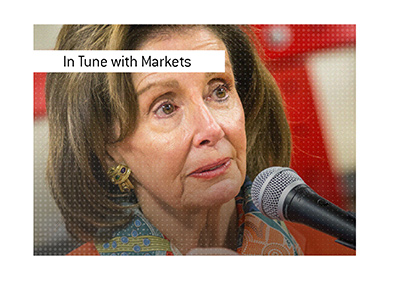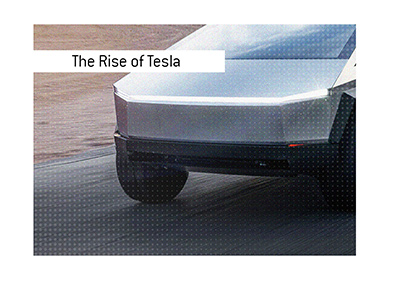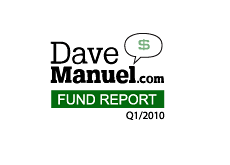The Obama Administration May Set Up A "Bad Bank"
 Over the past few days you've likely heard the term "bad bank" being spoken on TV or in the newspapers.
Over the past few days you've likely heard the term "bad bank" being spoken on TV or in the newspapers.Reports have indicated that the Obama administration might set up a "bad bank" in order to get the credit markets moving once again. The "bad bank" might be operated by the Federal Deposit Insurance Corp. (FDIC).
The markets (and especially bank stocks) soared on this news.
So the question is - what exactly is a "bad bank"?
In order to understand what a "bad bank" is, you need to understand the problem that is ailing banks throughout the country and making them unwilling to lend - mortgages and mortgage-related securities.
U.S. commercial banks own nearly $5 trillion dollars worth of mortgages (residential and commercial) and mortgage-related securities.
U.S. commercial banks have around $9 trillion dollars in total assets.
With the plummeting real estate market in the United States, banks are swimming in an ocean of troubled loans and foreclosed properties. This has left many banks technically insolvent and in desperate need of a capital infusion.
The Troubled Asset Relief Program (TARP) was initiated with the intention of inducing banks to start lending again.
The problem - many banks didn't see the need to need to begin lending again, and many chose to use the capital to "pay down debt, acquire other businesses or invest for the future". (Source: New York Times)
So the government hoped that the first half of the TARP money would enable banks to feel good about lending again.
Banks, on the other hand, are still reeling from continued losses in their mortgage portfolios, and prefer not to lend at this time.
If the total number of non-performing loans exceeds your total equity capital, then you obviously have a problem.
The TARP money, which was originally intended to purchase "toxic" debts from banks, was instead used to inject fresh capital into US banking companies.
This has left many banks with the same toxic debts on their books.
Thus, the idea of the "bad bank" springs forward.
A "bad bank" would absorb the "toxic" debts from the balance sheets of banks. This would effectively nationalize the "toxic" mortgages and mortgage-related securities.
The government would "take on" $1 trillion dollars worth of bad loans and securities, in an effort to force banks to begin lending once again.
The government would figure out some sort of a value to pay for these assets, and then purchase them from the banks. Depending on the amounts that were paid, many banks may end up insolvent. In the case of an insolvent bank, the government would take over the "toxic" debt, while the bank's customers would be shifted to another institution. If a bank was "too big" to fail, then the US government might either fully nationalize it (completely take it over and run it, with the intention of selling it back to private investors eventually) or partially nationalize it (the US government would purchase a majority stake in the company in exchange for the "bad" assets).
The idea is that the US government would manage these "toxic" debts through the "bad bank", and eventually hope to see a profit.
Obviously, the government runs the risk of the real estate market falling even more. Suddenly, instead of banks owning all of these foreclosed properties, the US government would. This is obviously a big risk, as the citizens of the United States are the ones who would be footing the bill.
This wouldn't be the first time that a "bad bank" would be used.
In the early 1990s, Sweden was the victim of a major deflation in a lending and property bubble (sound familiar?). A number of their biggest banks were insolvent, so the Swedish government set up a bad bank called "Securum", which was charged with taking over all of the "bad loans". Not only that, but the Swedish government took equity stakes in the banks and provided a blanket guarantee to all of the creditors in the banks.
The plan worked, and Securum actually ended up turning a profit.
This is obviously the same result that the US government wants to see.
A "bad bank" in the United States is almost definitely coming. The US taxpayer is on the hook for any losses, so there is definitely some risk involved.
There are many questions that will have to be answered, such as:
1. How will the government value these "toxic" assets?
2. Who will run the "bad bank"?
3. What happens to the banks that are declared insolvent after the asset purchases?
4. Will any major banks be nationalized or partially nationalized?
5. Will this new program encourage banks to begin lending once again?
We'll have to see..
Filed under: Stock Market Education



